talkingfashion
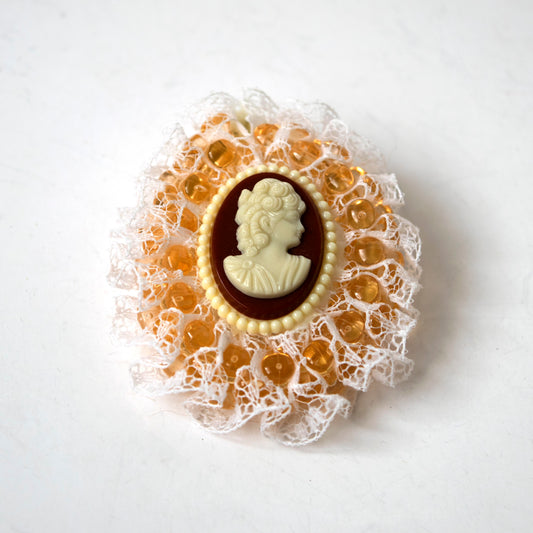
Cameo Jewelry’s Fine-Carved History
Cameo Jewelry's Fine-Carved History By Paige McKirahan When looking for accessories that seem to be tiptoeing the fine line between art and fashion, there is one piece that is sure...
Cameo Jewelry’s Fine-Carved History
Cameo Jewelry's Fine-Carved History By Paige McKirahan When looking for accessories that seem to be tiptoeing the fine line between art and fashion, there is one piece that is sure...
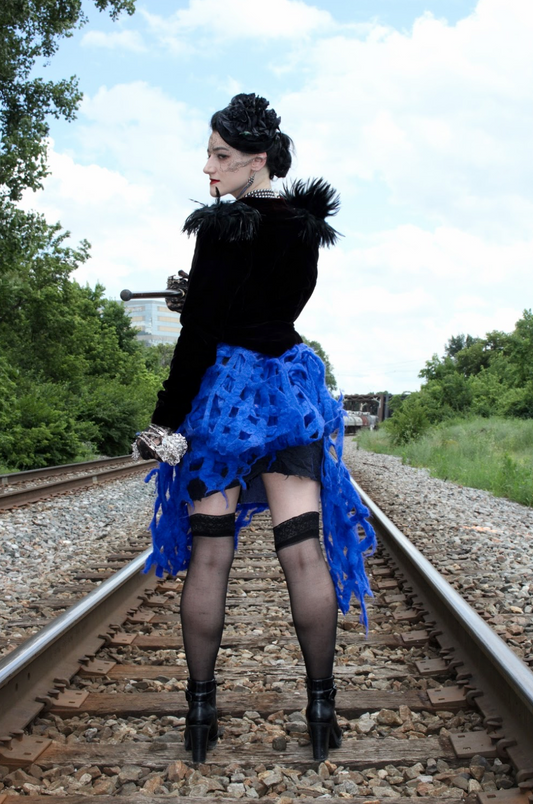
The Steampunk Movement: Modern, Industrial, and...
The Steampunk Movement: Modern, Industrial, and Accessory Filled By Paige McKirahan When thinking of ways to accessorize a steampunk look, you first want consider what the term means in order...
The Steampunk Movement: Modern, Industrial, and...
The Steampunk Movement: Modern, Industrial, and Accessory Filled By Paige McKirahan When thinking of ways to accessorize a steampunk look, you first want consider what the term means in order...
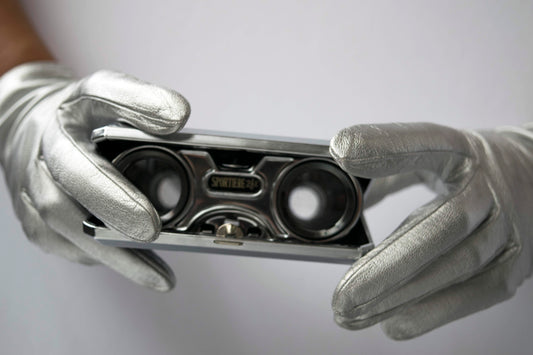
Magnifying the History of Binoculars
Magnifying the History of Binoculars By Paige McKirahan As a direct descendent of the telescope, binoculars are a little bit more portable; whether you need a close look at...
Magnifying the History of Binoculars
Magnifying the History of Binoculars By Paige McKirahan As a direct descendent of the telescope, binoculars are a little bit more portable; whether you need a close look at...
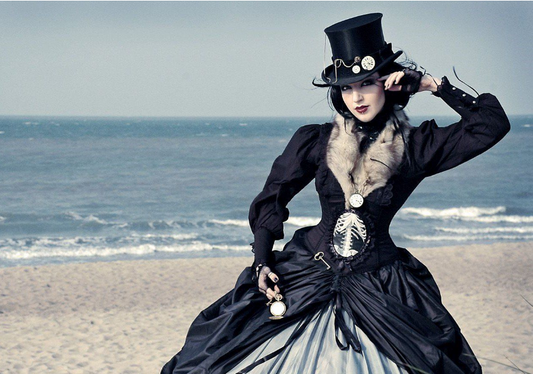
Steampunk Style
Steampunk Style by Morgan Watkins What do you get when you combine various cultures and subcultures like gothics, sci-fi fans, cyberpunks and more? The answer is steampunk, which is defined...
Steampunk Style
Steampunk Style by Morgan Watkins What do you get when you combine various cultures and subcultures like gothics, sci-fi fans, cyberpunks and more? The answer is steampunk, which is defined...
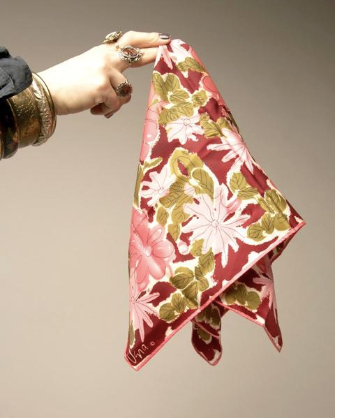
Pioneering the Scarf Industry
Pioneering the Scarf Industry By Paige McKirahan Seeing as how we have already learned the history behind the magnificent accessory, we begun to wonder about the designers who paved the...
Pioneering the Scarf Industry
Pioneering the Scarf Industry By Paige McKirahan Seeing as how we have already learned the history behind the magnificent accessory, we begun to wonder about the designers who paved the...
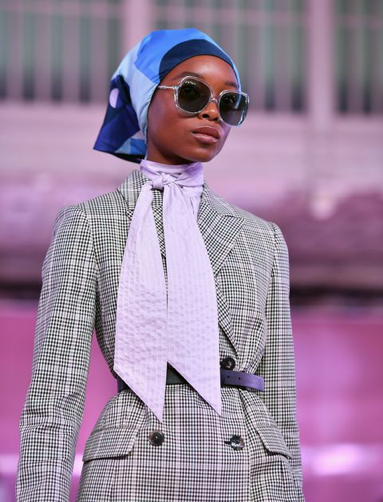
The SS ’19 Fashion Month Scarf Revival
The SS ’19 Scarf Revival By Paige McKirahan Is the impending cold weather giving you the winter blues before the season has even begun? Are you already scrambling to find...
The SS ’19 Fashion Month Scarf Revival
The SS ’19 Scarf Revival By Paige McKirahan Is the impending cold weather giving you the winter blues before the season has even begun? Are you already scrambling to find...